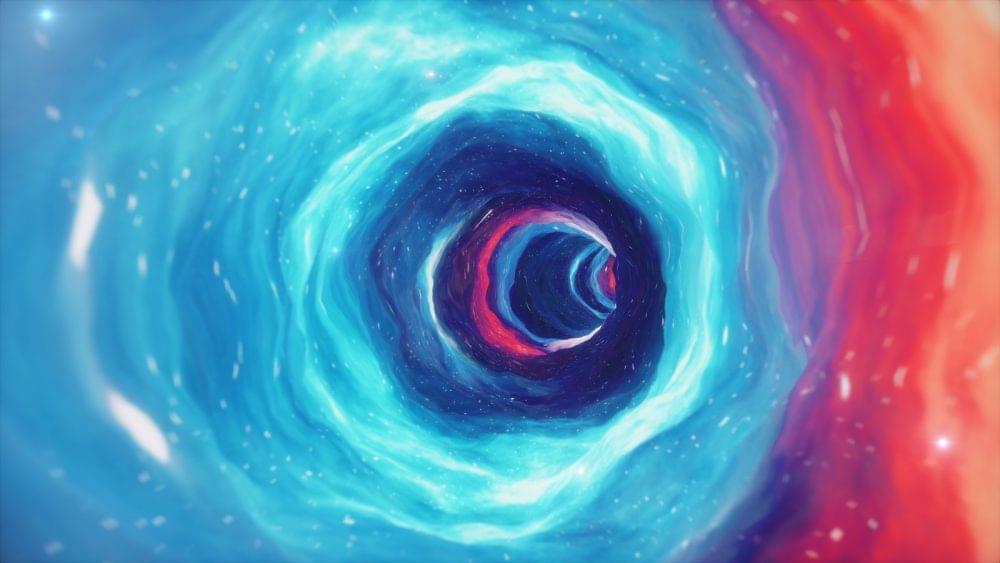Electrolyzers are machines that have a big future.
The electrolyzer, obscure for decades, sees its sales soar. Here’s how the technology works.

Joshua Miele, who builds adaptive technologies at Amazon, is part of a generation of leaders who are reshaping the world and have roots in The Cave, a basement hideaway at UC Berkeley that nurtured blind innovators.


Summary: Researchers reveal how neurons set up and sustain the vital infrastructure that allows for seamless neurotransmission.
Source: picower institute for learning and memory.
The nervous system works because neurons communicate across connections called synapses. They “talk” when calcium ions flow through channels into “active zones” that are loaded with vesicles carrying molecular messages.
Join us on Patreon!
https://www.patreon.com/MichaelLustgartenPhD
Bristle Discount Link (Oral microbiome quantification):
ConquerAging15
https://www.bmq30trk.com/4FL3LK/GTSC3/
Cronometer Discount Link (Daily diet tracking):
https://shareasale.com/r.cfm?b=1390137&u=3266601&m=61121&urllink=&afftrack=
You can support the channel by buying me a coffee!
https://www.buymeacoffee.com/mlhnrca.
Levine’s Biological age calculator is embedded as an Excel file in this link from my website:

The End is Nye is streaming August 25th on Peacock: https://pck.tv/3aKJfYf.
Synopsis: The End is Nye sends Bill Nye into the most epic global disasters imaginable – both natural and unnatural – and then demystifies them using science to show how we can survive, mitigate, and even prevent them. Each stand-alone episode takes a hell-bent dive into the mystery and terror of one specific threat. Every catastrophe is abundant with thrills, but also offers hope and a way forward —a scientific blueprint for surviving anything that comes our way. The series is hosted and executive produced by Emmy Award winner and renowned science educator, engineer, author, and inventor Bill Nye. Each episode also features a brief cameo by longtime science advocate and series EP Seth MacFarlane.
About Peacock: Stream current hits, blockbuster movies, bingeworthy TV shows, and exclusive Originals — plus news, live sports, WWE, and more. Peacock’s got your faves, including Parks & Rec, Yellowstone, Modern Family, and every episode of The Office. Peacock is currently available to stream within the United States.
Get More Peacock:
► Follow Peacock on TikTok: https://www.tiktok.com/@peacocktv.
► Follow Peacock on Instagram: https://www.instagram.com/peacocktv/
► Like Peacock on Facebook: https://www.facebook.com/PeacockTV
► Follow Peacock on Twitter: https://twitter.com/peacockTV
A new personalised treatment is seeing a number of cancer patients beat the disease with just one tablet a day thanks to a precise tool being used at Sydney’s St Vincent’s Hospital. Subscribe and 🔔: http://9Soci.al/KM6e50GjSK9 | Get more breaking news at 9News.com.au: http://9Soci.al/iyCO50GjSK6
► 9News Lunch Podcast | Listen Weekdays at 12.30pm AEST: https://omny.fm/shows/the-9news-lunch-podcast FOLLOW 9News Australia.
► Facebook: https://www.facebook.com/9News/
► Twitter: https://twitter.com/9NewsAUS
► Instagram: https://www.instagram.com/9news/
Join 9News for the latest in news and events that affect you in your local city, as well as news from across Australia and the world.
#9News #BreakingNews #NineNewsAustralia #9NewsAUS
What just happened? In addition to suing Elon Musk, Twitter is also blaming the world’s richest man for its falling revenue. The platform saw its number of users increase in the second quarter of the year, but that hasn’t translated to a healthier bottom line, something it partly blames on the disruption caused by Musk bidding for the company before walking away.
Twitter’s Q2 2022 results show its second-quarter revenue was $1.18 billion, representing both a quarterly and yearly decline, albeit only slightly. However, its average monetizable daily active users (mDAUs) was up 16.6% compared to Q2 2021, reaching 237.8 million globally.
$1.18 billion is no small sum, but Twitter’s costs and expenses for the quarter totaled $1.52 billion, an increase of 31% year-over-year. It reported net losses of $270 million, $33 million of which was related to the “pending acquisition” of the company. Q2 2021 saw a net profit of $66 million.
